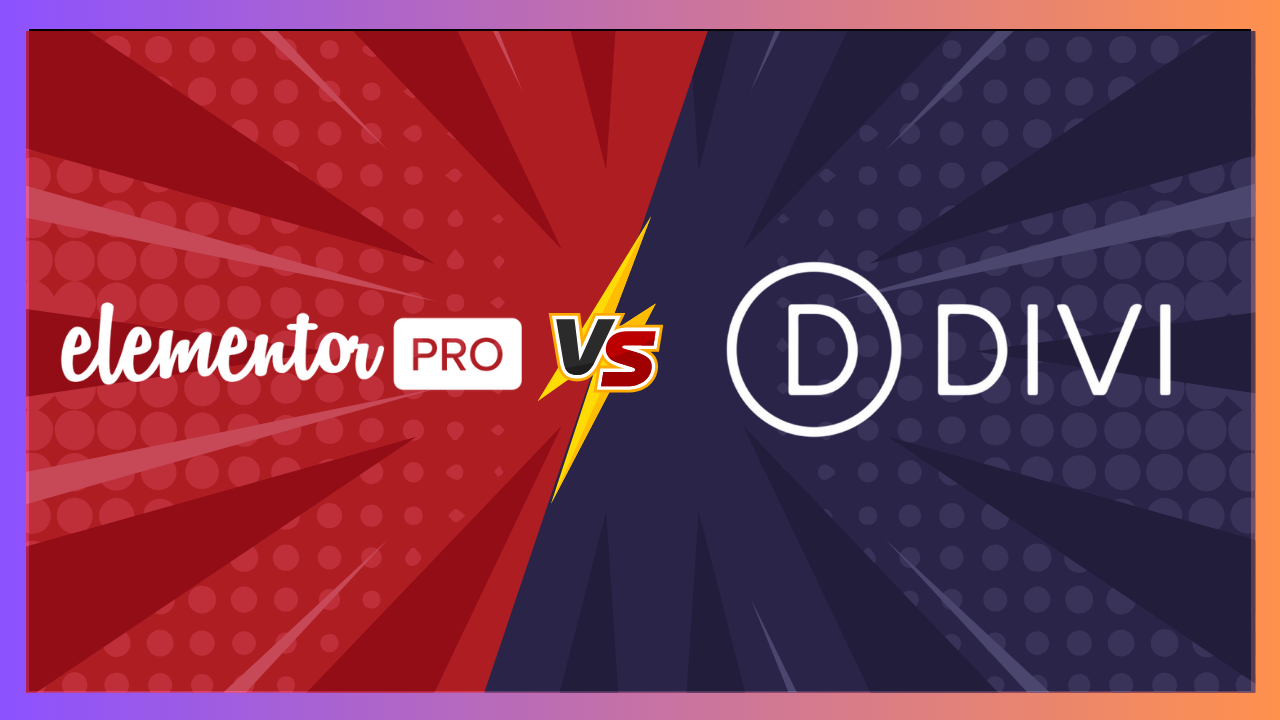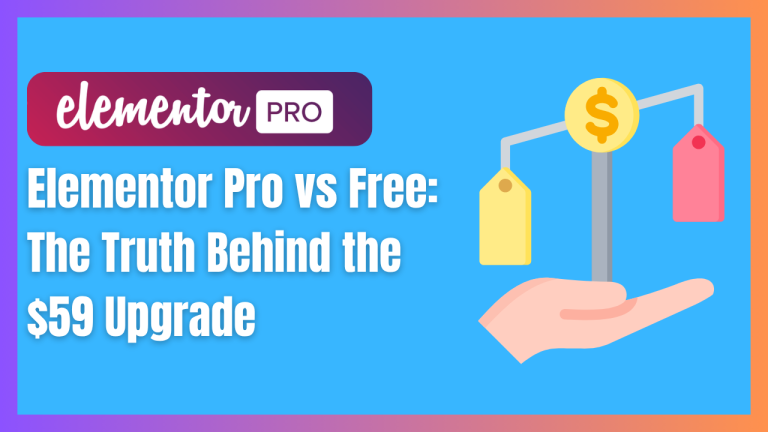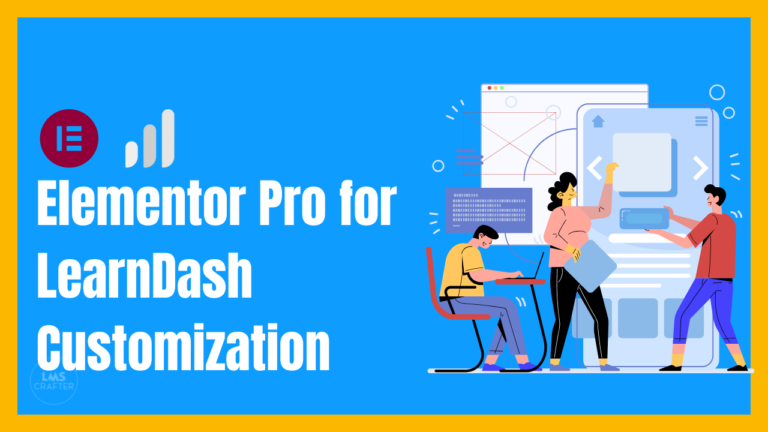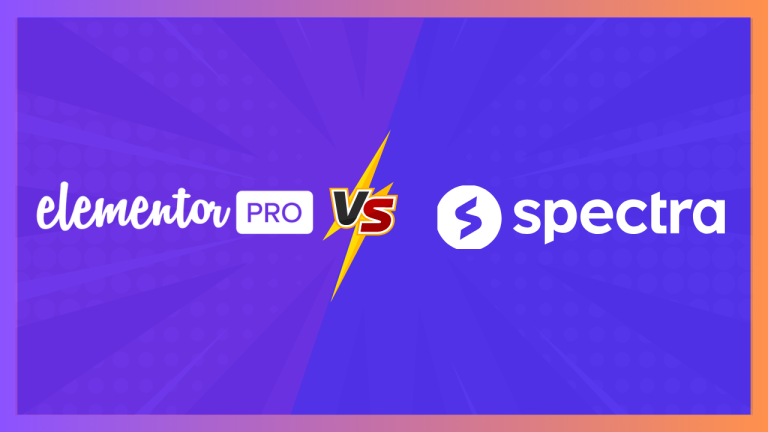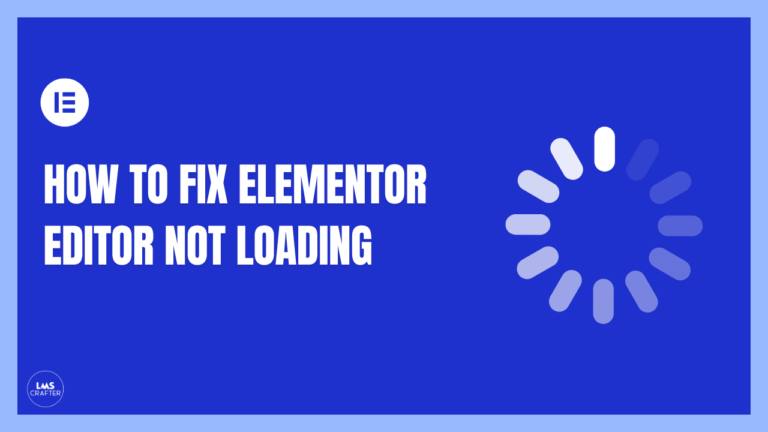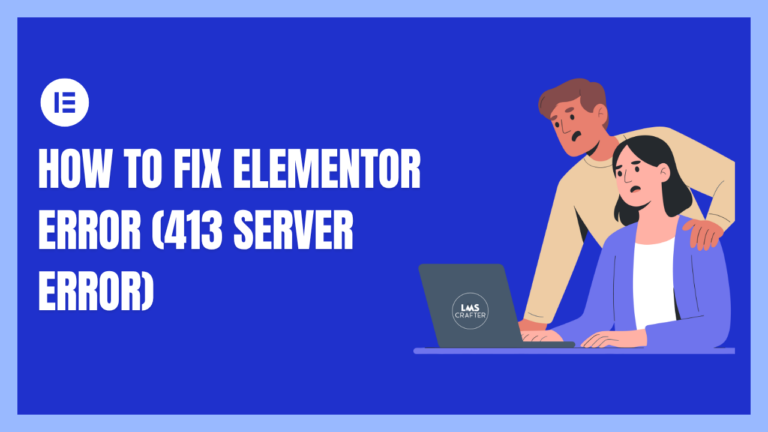Elementor vs Divi – Which Builder Is Simpler, Faster, and More Flexible?
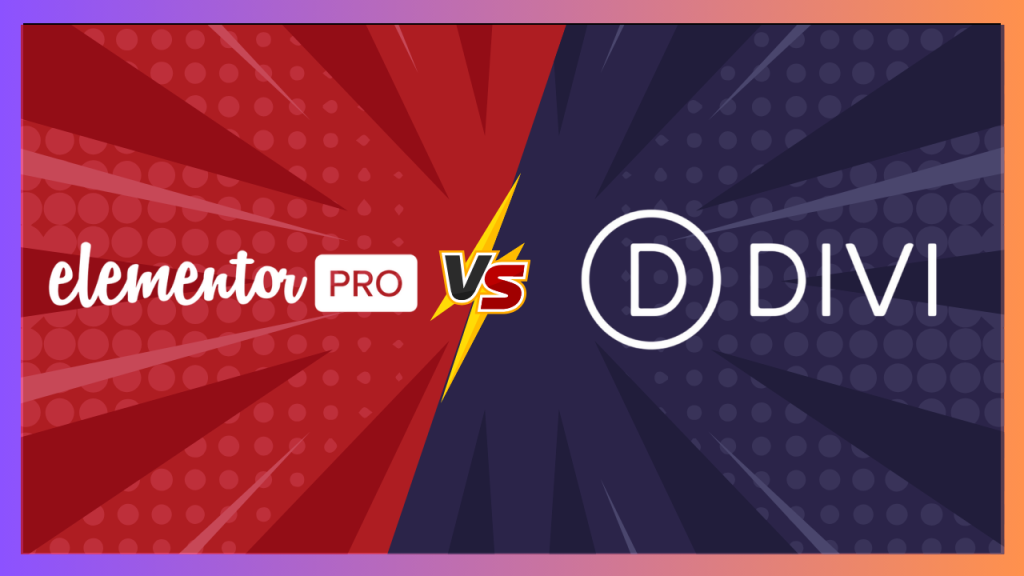
Elementor vs Divi – a never-ending debate if you’ve ever built a WordPress site. Both promise simplicity, design freedom, and speed. But if you’ve been stuck choosing between them, you’re not alone.
Whether you are considering Elementor vs Divi for your next project or just curious about their differences, understanding their unique features is essential.
Through our experience with Elementor vs Divi, we’ve noted key advantages and drawbacks to each that can impact your decision.
A closer look at Elementor vs Divi reveals strengths that can significantly affect your project workflow.
For anyone contemplating Elementor vs Divi, understanding the nuances can ease the decision-making process.
We’ve worked with both at LMS Crafter, and we totally get how confusing it can get. You want a builder that doesn’t just look good but actually makes your job easier.
Ultimately, this guide helps clarify the battle between Elementor vs Divi for your specific needs.
Let’s rewind a bit.
Picture this,
You’ve got a tight project deadline.
There are a dozen pages waiting to be designed.
Your client’s already confused and asking for revisions.
And you’re scrambling to pull everything together in time.
The last thing you need? A website builder that feels like a Rubik’s Cube. Every time you want to change a headline or move a section.
In this piece, we will break down Elementor vs Divi and provide insight into which builder may suit your needs better.
When comparing the two, key factors to consider in the Elementor vs Divi debate are user experience and design capabilities.
That’s exactly why this comparison matters.
No fluff. No jargon. Just what works.
This guide focuses on Elementor vs Divi to help you navigate common challenges and find the right fit for your website.
That’s where this comparison comes in, no fluff, no jargon. Just straight talk about which tool will actually save your time and sanity.
The Common Struggles Most People Face
Let us guess
You’re tired of clunky interfaces.
- You want to make edits without breaking stuff.
- You’re not a designer or developer. just someone trying to build a solid site that works.
If that’s you, then this comparison is going to save you hours of Googling.
Real Talk: What’s It Like Using Elementor vs Divi?
| Feature | Elementor | Divi |
| Ease of Use | Super intuitive, drag-and-drop | Takes a bit longer to get used to |
| Design Flexibility | Pixel-perfect control, lots of widgets | Strong design options, but less visual control |
| Speed & Performance | Lightweight (especially with Flexbox) | Can feel heavy, slower on some setups |
| Theme Builder | Built-in, easy to use | Also powerful, but feels more rigid |
| Third-party Integration | Seamless with most tools | Decent, but not as broad |
| Pricing | Free + Pro (more flexible) | One-time payment (good long-term) |
| Support & Updates | Fast updates, huge community | Strong support, solid documentation |
So, Which One’s Easier?
Elementor. Hands down.
If you’re just starting out with WordPress page builders, the last thing you want is a complex interface that demands hours of learning.
Elementor makes the process smooth from the first click. You can literally drag and drop elements, edit text right on the page, and tweak padding or spacing using simple visual controls.
It feels working in PowerPoint.
No surprises. No guessing. Now compare that to Divi. Yes, it is a great tool, but for beginners, it can feel complicated. Settings are buried in tabs, popups, and nested menus.
For example, you have to go through tabs, popups and menus to find settings.
And if you want a little change, you might click around for five minutes just to find it.
So, we can say that Divi is not bad at all; it just requires more time, patience, and trial and error.
As we delve deeper into the Elementor vs Divi features, consider what aspects are most crucial for your design process.
For busy entrepreneurs, freelancers, or small agencies, that is very important..
With Elementor, you start building fast.
You see results quickly.
And that builds confidence, which matters more than people realize.
Performance is a significant factor in the Elementor vs Divi discussion, making speed a priority for many users.
ProTip #1:
If you run a learning platform or membership site (like we do at LMS Crafter), Elementor makes integrating LMS tools way smoother. Plus, it plays nicer with plugins like LearnDash, TutorLMS, and even WooCommerce.
The Real Deal on Customisation
In assessing Elementor vs Divi, remember your specific requirements will dictate the best choice.
The future of web design may hinge on the advancements offered by Elementor vs Divi and their impact on creators.
As we look ahead, the evolution of Elementor vs Divi will likely shape new trends in site building.
Customisation is one of those things that sounds exciting, until you’re stuck for hours trying to centre a button or make a section mobile-friendly. Elementor simplifies all of that. It’s inline editing and real-time preview give you control at a granular level, spacing, margins, fonts, colour overlays, all with a few clicks. The best part? You don’t need to refresh the page or switch between back-end and front-end views.
Divi offers strong design features, but it relies heavily on its own framework, which sometimes gets in the way. You’ll often need to open multiple layers to make simple adjustments. While it does offer pre-made templates and global styles, they don’t feel as flexible or instantly editable as Elementor’s visual tools.
If you value time, clarity, and freedom in design, Elementor has the edge.
Performance? Let’s Talk Speed
Ultimately, your experience will be influenced by whether you choose Elementor vs Divi.
Speed is everything, not just for user experience, but also for SEO. Elementor has put serious effort into performance over the past couple of years. With the introduction of Flexbox containers and the ability to disable unused widgets, sites built with Elementor can now achieve excellent loading times , especially when paired with a lightweight theme like Hello or Astra. You’ll also find it easier to optimize images, reduce DOM bloat, and use caching plugins without conflicts.
Divi, while still a powerful builder, tends to lag behind in this department. The Divi framework is heavier, and unless you manually disable animations, modules, and assets, your site can easily become sluggish. For larger sites with multiple pages and dynamic content, this can lead to performance bottlenecks if not carefully managed.
In conclusion, your choice of Elementor vs Divi can determine the success of your projects.
ProTip #2:
Always turn off unused widgets and features in either builder. That alone can shave off 1–2 seconds of load time.
Future Insights: What to Expect
Both builders are investing heavily in AI, automation, and UX.
We’re already seeing Elementor roll out advanced features like Flexbox Containers, native forms, and better loop builders.
Divi 5.0 (beta) promises performance boosts, but the full release is still a waiting game.
If you’re thinking long-term:
- Elementor seems faster in pushing out real-world updates.
- Divi might be more stable for larger, pre-designed sites once they overhaul their core.
What Should You Watch Out For?
Every builder has its quirks. With Divi, the biggest red flag is shortcode lock-in. Once you build with Divi and later decide to switch themes or page builders, your site will be cluttered with unreadable shortcodes. It becomes a cleanup nightmare. That means you’re basically married to Divi unless you want to rebuild from scratch.
Elementor, while more flexible in terms of switching, can get bloated if you go overboard with third-party widgets or templates. Some users install too many add-ons that conflict or overload the front end, slowing things down. But the fix is easy: use only the widgets you need and lean on core Elementor or trusted Pro widgets.
ProTip #3:
Stick to core features. Avoid overloading your site with add-ons – simplicity is performance.
Final Thoughts: My Pick?
We’ve built real projects with both Elementor and Divi , client sites, LMS platforms, membership portals. We’ve pushed both to their limits. And here’s what we’ve learned:
Elementor is simply easier to live with.
It feels like it was built for creators who want control without the overwhelm. The interface is fast, responsive, and intuitive. You don’t need to dig into layers of settings just to adjust a font or spacing. It’s flexible, lightweight, and constantly evolving with new updates.
Divi, on the other hand, has its strengths , beautiful pre-built layouts, a one-time pricing model, and a solid support base. But it often feels like you’re working through the builder instead of with it. For agencies or users with heavy design needs, that friction adds up fast.
If you’re running an LMS-based business (like we do), or you want to launch client sites fast without compromising quality, Elementor checks more boxes. It’s more beginner-friendly, better optimized for speed, and integrates smoothly with tools like LearnDash, WooCommerce, and CRM automations.
In short: if you’re looking for a tool that just works and grows with you , go with Elementor.
FAQs
Q: Is Elementor better for beginners?
Yes. The UI is smoother, and there’s less learning curve.
Q: Can I switch from Divi to Elementor later?
Technically, yes. But be prepared for cleanup. Divi leaves a lot of shortcodes behind.
Q: Which is better for WooCommerce?
If it works for you, stick with it. But for future projects, give Elementor a shot.
Q: What if I already have a site in Divi?
If it works for you, stick with it. But for future projects, give Elementor a shot.
Want help deciding based on your exact setup?
Or need help migrating an old Divi site to Elementor?

